This is the fourth in a series of posts on the instructive first areas in video games. This time, to balance out the length of the last one, we’ll be focusing only on the first couple of test chambers in Portal.
Portal is commonly cited as an inventive, innovative, and engaging first-person puzzle game—and also as one lengthy tutorial which only comes close to ending about ninety percent of the way through the game. Yet it remains one of the most beloved PC games of the 2000s, largely because of how well it executes this learning. The entire game is filled with instructional design, but we’re going to look specifically at how it introduces its mechanics, before even obtaining the first iteration of the well-renowned Portal Gun.
The player wakes up in a glass box, furnished only with a sleeping pod, side table, and toilet. There isn’t anything they can do in this first moment aside from moving and looking around,
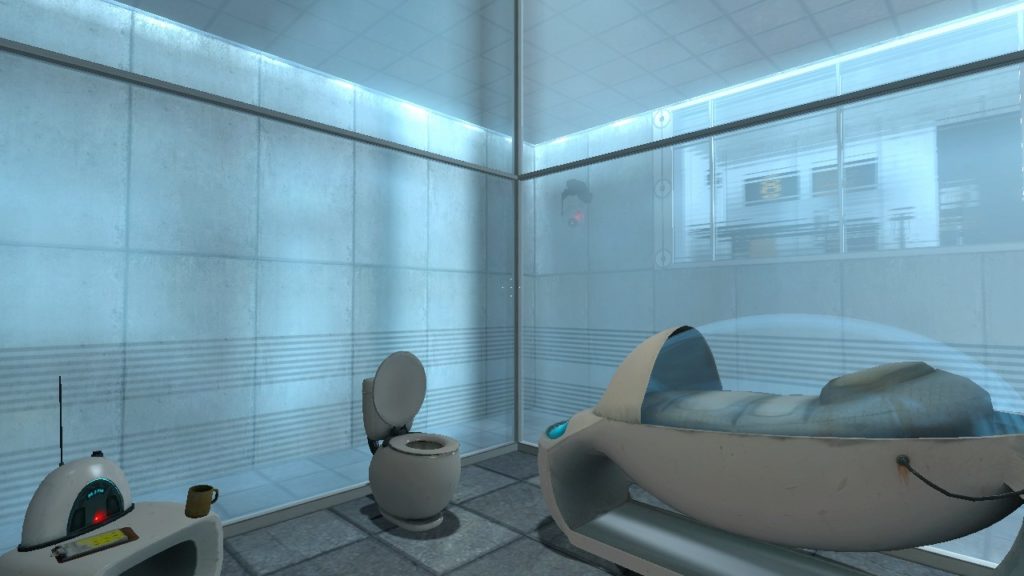
which offers uninterrupted time to acclimate both to the controls and to the environment. After a moment’s delay, an unseen voice starts explaining the proceedings to them, all while keeping them locked in their diminutive dwelling. The introduction of GLaDOS is the first instance of anything even vaguely human in this otherwise sterile environment, and the

game frames it in such a way that the player can only listen and observe their environment. It’s a slow start, the first minute or so of waiting, but it helps the player feel comfortable with their environment—or as comfortable as they can, in a sterile scientific facility.
After GLaDOS finishes her initial dialogue, she proceeds to introduce the game’s main mechanic in the most clear and concise way possible: one portal opens on a wall in the containment chamber, while another opens on a wall outside. When the player looks into the portal beside them, they see themselves standing in front of it through the other, which allows them to process exactly what the portals are capable of.

At just a glance, the game communicates the basics of how portals work—step through one, come out the other—which then allows it to assume understanding for the rest of the game.
Leaving their confinement allows GLaDOS to introduce the player to another set of the game’s core puzzle elements: boxes and buttons, along with how the two work together. This also serves to quietly display the physics of the game, and the fact that they make up the framework of the puzzles encountered later. These elements are introduced completely without the titular portals, as isolation makes them easier to grasp before using complicated setups later on.
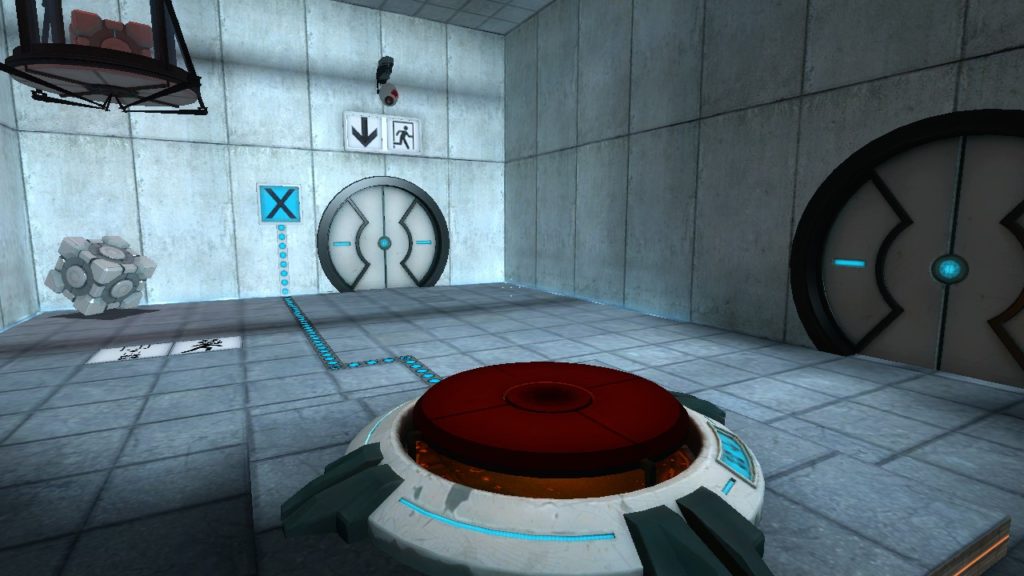
Before moving on to the next test chamber, I want to stop and discuss GLaDOS for a moment. Many games have tutorials that feel forced because they’re delivered in contrived scenarios where it doesn’t make sense for anyone to be speaking to the player, much less educating them on the game’s core mechanics. However, the concept works well here because of its framing. The player character is a test subject running test courses put together by Aperture engineers, with GLaDOS to monitor and direct them. As such, it makes perfect sense that

some elements would be explained—no result would be obtained if the subject was stuck staring at a wall for twenty minutes, unable to figure out what to do. At the same time, the tone and word choice of GLaDOS’ statements is a bit off-putting, enough to make the environment unsettling and hint that something may lie beneath the surface. The way these tutorial messages are delivered not only informs the player of the rules of the world, but enforces narrative elements from the outset.
With that out of the way, we’ll take a look at the second and final chamber this article will discuss. Test Chamber 01 demonstrates one thing and one thing alone: portals are not stationary. That’s all the chamber has to do. The introduction displayed the basic effects of portals, and Chamber 01 refines that understanding so the player knows that they can be moved around. They still don’t have any control over the portals, which makes it easier to understand the lesson being taught—even if it doesn’t feel like a lesson. In addition, the cycle makes clear what the order of operations of the chamber is. First get the box, then put the box on the button, then go to the now-open door. The solution becomes clear through careful observation.
This is where the article stops, but it’s far from the end of Portal’s masterful introduction and demonstration of mechanics. The game makes an accurate first impression; the simple trials presented from the start have the same tone and structure seen throughout the gradually more complex puzzles that make up the rest of the game. While not everything is introduced right away—new elements are introduced as late as the final boss fight—the first few chambers allow the player to get their feet wet before wading into deeper water as the game goes on.
As a final side note, this article is essentially a more fleshed out piece based on notes taken during a long-form analysis I streamed at the end of January. If this sort of analysis appeals to you and you’d like to see more, the video is embedded below—though at just under four hours, it’s a bit of a doozy.
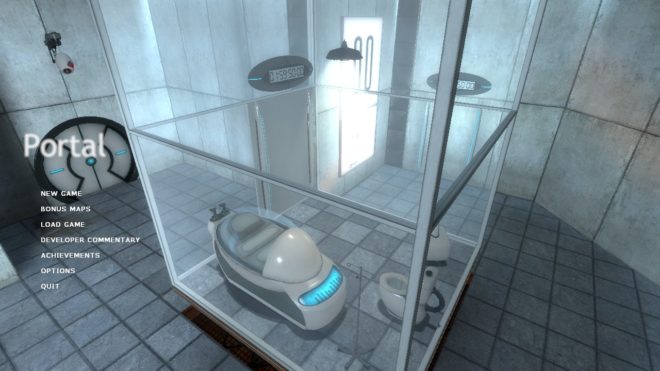
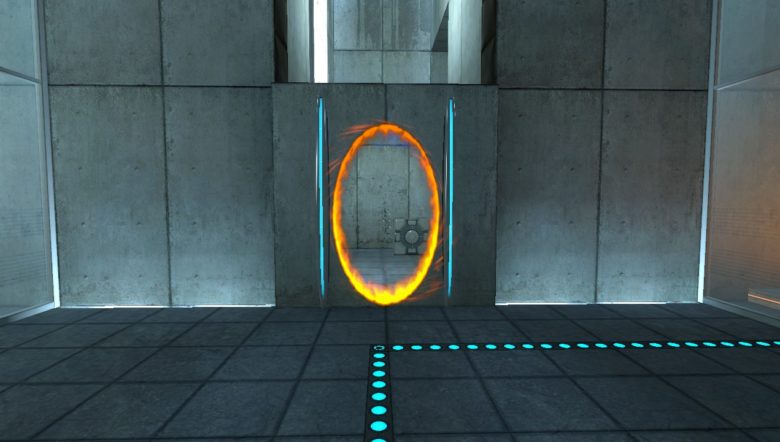
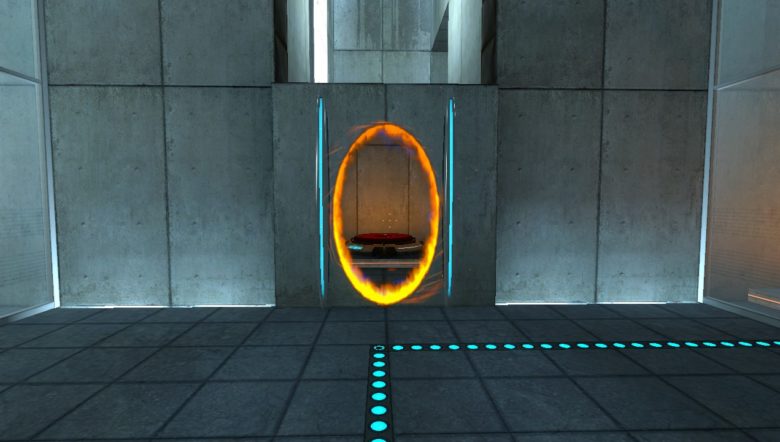
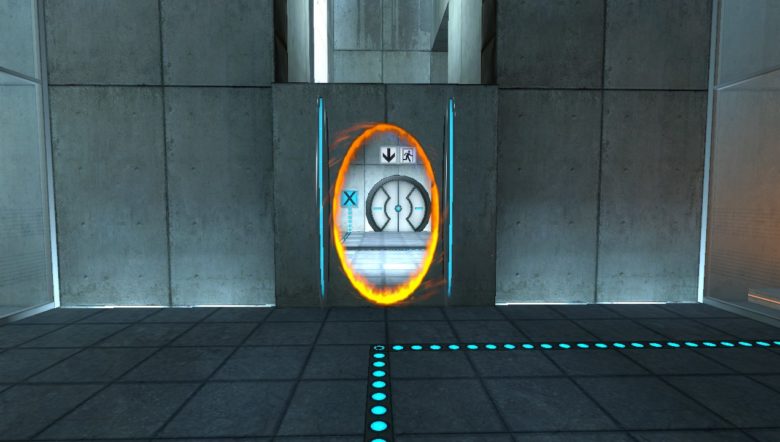
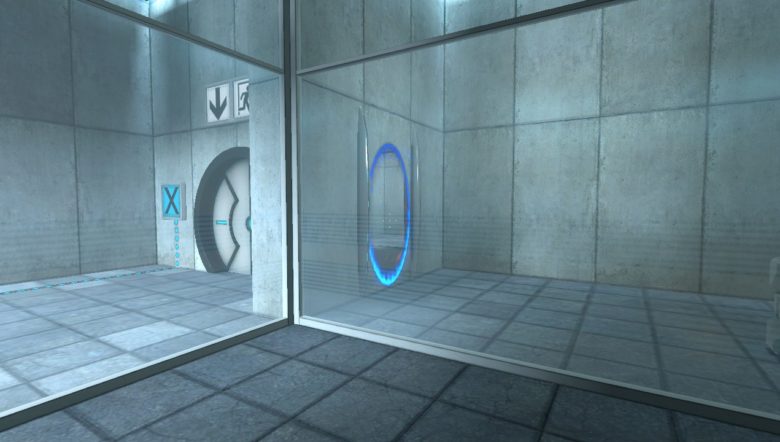
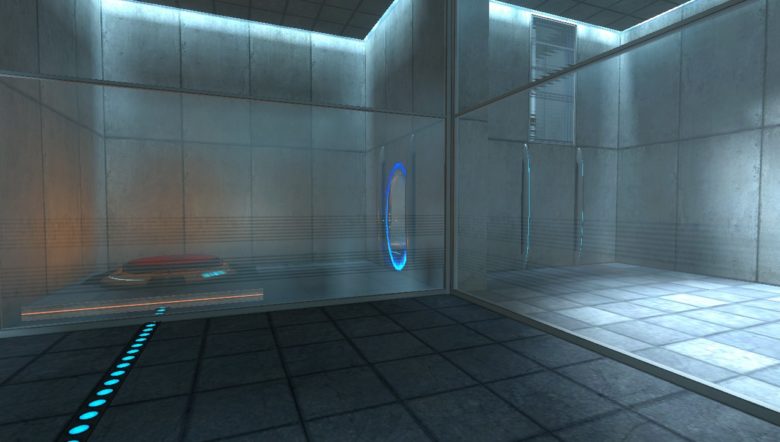
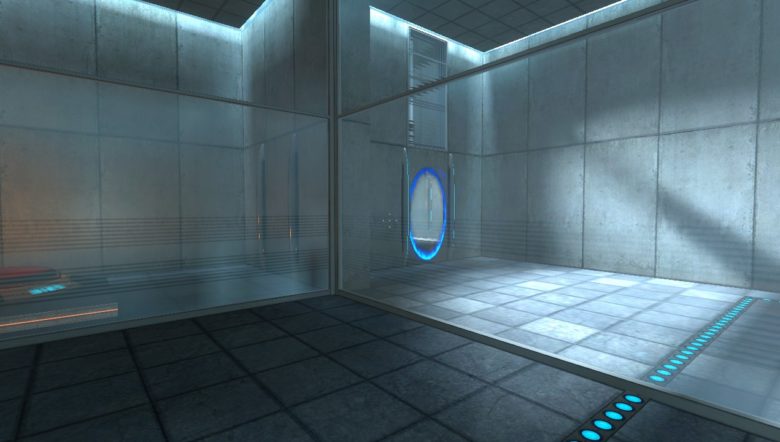
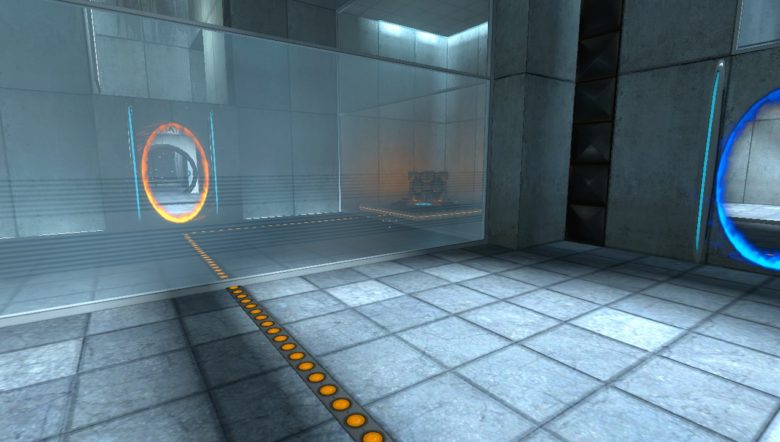
One of the best puzzle-based games I’ve played, it probably could be considered the game which got me slightly more into games. I’m interested in the point brought up about introducing new mechanics as late as the final boss. Obviously I don’t want any spoilers to be posted, but I’m not sure if I can remember what elements you’re referring to?